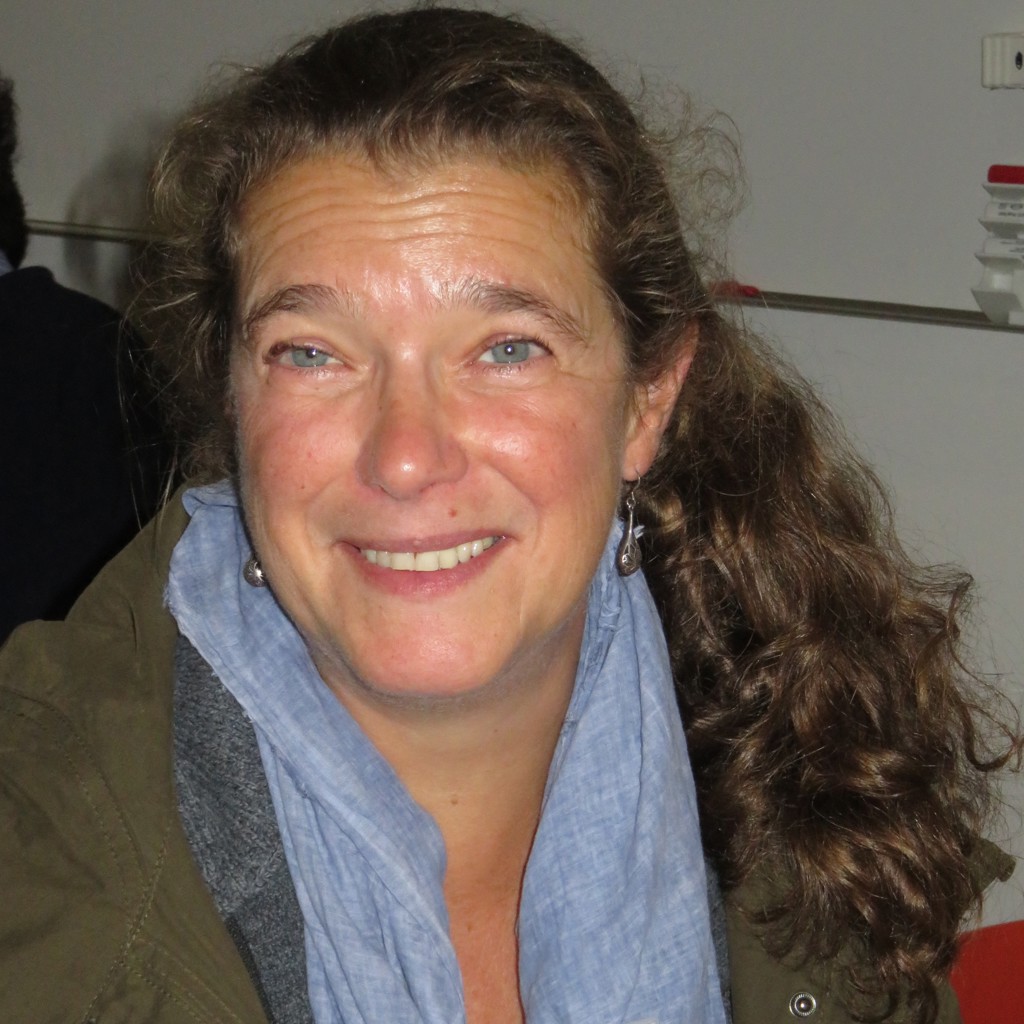Cristina Masoller
Universitat Politecnica de Catalunya, SpainFor contributions in the area of nonlinear dynamics of optical systems.

Other optical scientists, says Cristina Masoller, might find the research subjects on her website “quite weird”: neuronal excitability and complex networks as well as nonlinear dynamics of semiconductor lasers. But Masoller, a Uruguayan and Italian citizen who teaches in Spain, has always seen the connections among phenomena in disparate branches of science.
Masoller, an associate professor of physics at the Universitat Politècnica de Catalunya (UPC) in Barcelona, is fascinated by dynamical complex systems, and she sees the underlying similarities between the random spikes of a semiconductor laser's output and the spikes of a sensory neuron's signals. Perhaps experiments with these random laser spikes will lead to greater understanding of neuronal signals or other types of real-world data sets.
Of course, she adds, interdisciplinary research has its challenges, as it's often more difficult to publish and gain recognition in a field considered secondary to your primary line of work. “Being in the crossroads is exciting, but sometimes it's not easy,” she adds.
Born and raised in Montevideo, the capital and largest city of Uruguay, Masoller spent much of her childhood doing experiments with chemistry sets and broken radios. The older of four children of an engineer and a mathematics teacher, she began her undergraduate career on the engineering track. She enjoyed the basic science in her lower-level courses, but her interest waned when she encountered the application-oriented upper-level classes. Next she switched to astrophysics, but also felt frustrated with the details of the advanced courses. “I love the big picture,” she said.
Eventually, Masoller received both bachelor's and master's degrees in physics from Uruguay's Universidad de la República and started to teach. In the early 1990s, however, that institution did not offer doctorates in physics, so she decided to start on her PhD at Bryn Mawr College in the United States. The decision was difficult because she felt she could not ask her then-husband to follow her to another country, the way many men uproot their families for new career opportunities. “For a while I didn't push the PhD, but eventually I realized there wasn't a future for me in physics if I didn't have a PhD, so I had to do it and I went away,” she says.
Though she didn't really have a mentor, Masoller says she was fortunate to get good recommendations from trustworthy people along the course of her academic career. “I started a PhD late in my scientific career, so I am a peculiar case,” she says. “I already had several papers on my own, so by the time I started a PhD, I was doing my own research collaborating with people. But I did follow the advice of people I trusted.”
Masoller had her first contact with OSA when she attended CLEO 1999 in Baltimore, Md., while attending Bryn Mawr College. She had no funding to attend it, but in exchange for some volunteer work at the conference, she gratefully attended a number of talks. For her first few postdoctoral years she was not involved in OSA, but then she joined because she realized the importance of being an official part of the optics community. She now regularly uses Optics & Photonics News articles in the classes she teaches.
“Do not be shy – make more noise” is Masoller's suggestion for young female scientists. She advises them to gain more visibility by attending conferences and raising their profiles on social media. And although scientists compete for funds and recognition, they should also find ways to collaborate. “In that sense, females tend to collaborate much better than men,” she says. “Men should realize that having women on the team makes it more collaborative. I'm not sure why this is, but I'm convinced.”
Profile written by Patricia Daukantas, Science Writer/Editor
